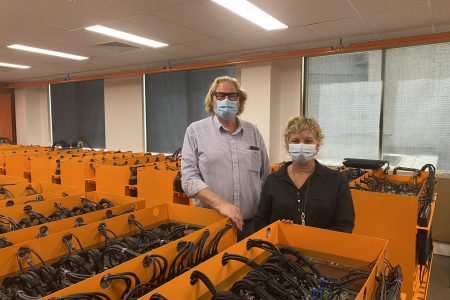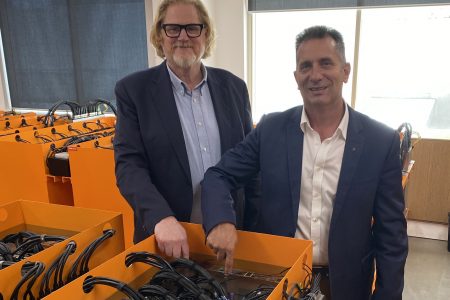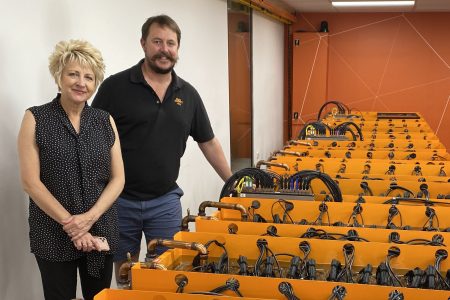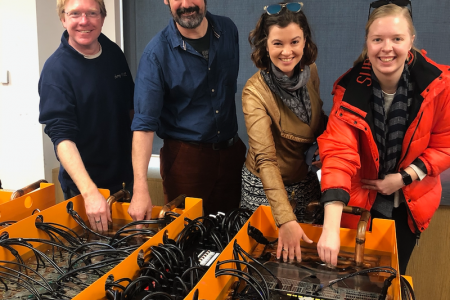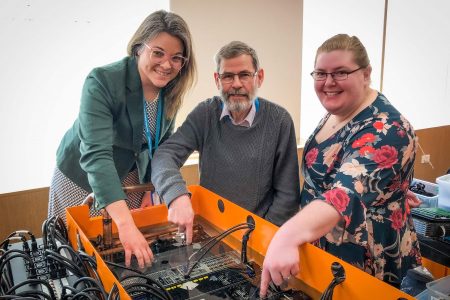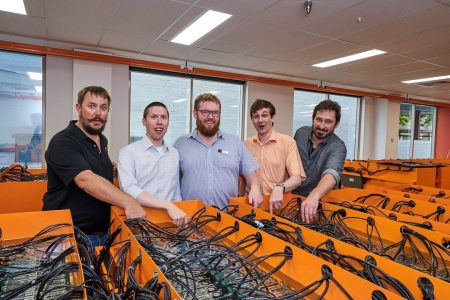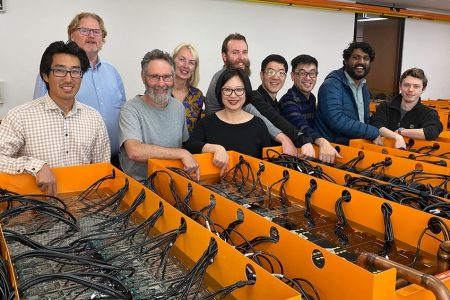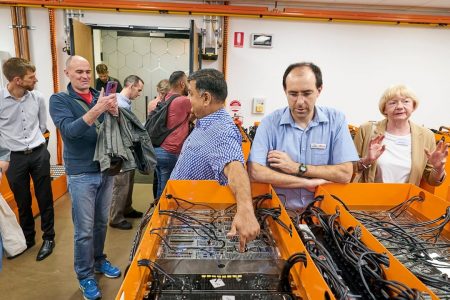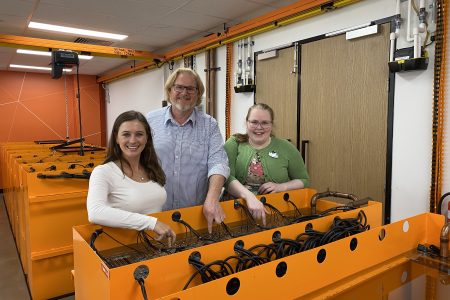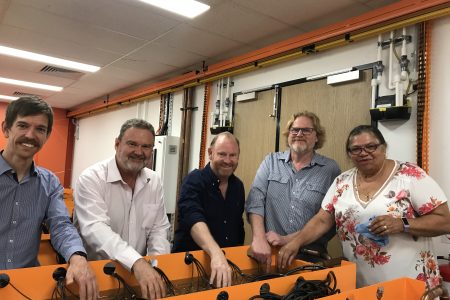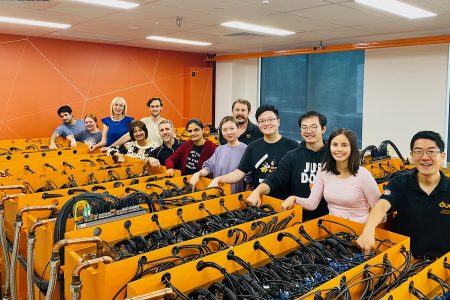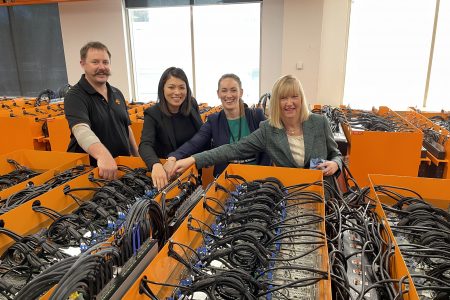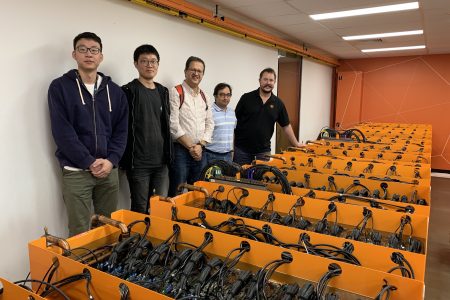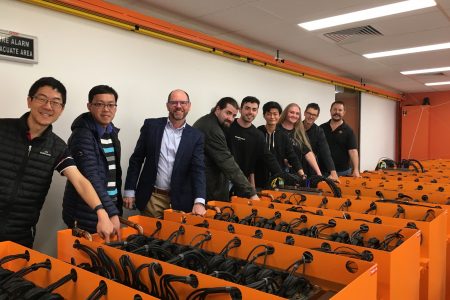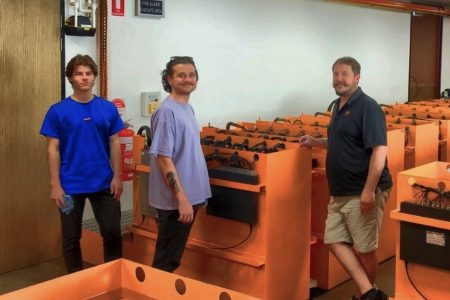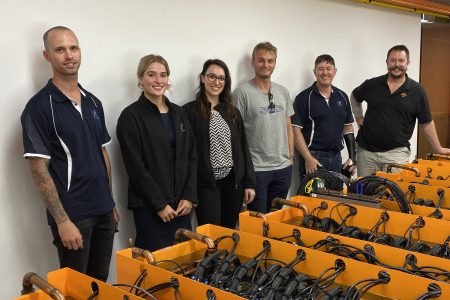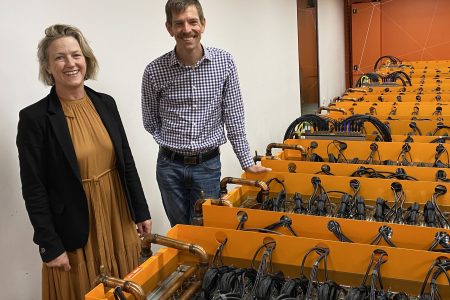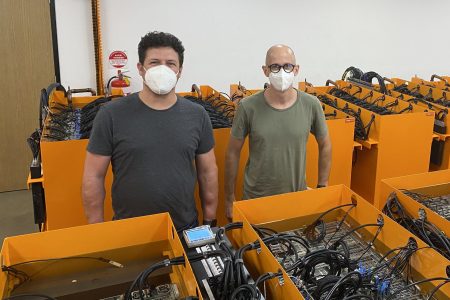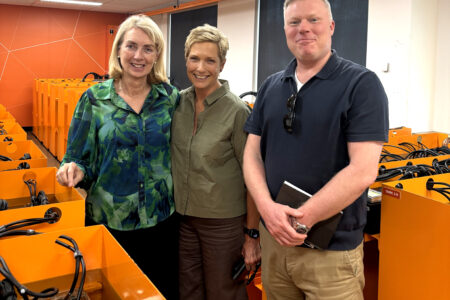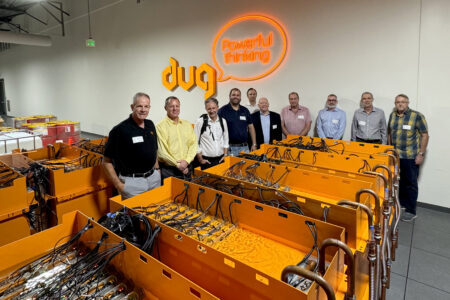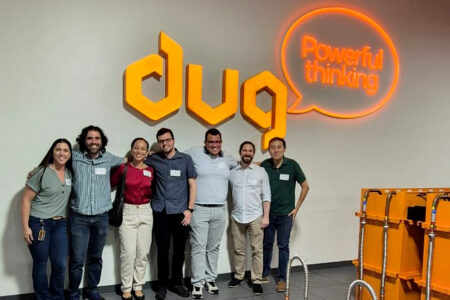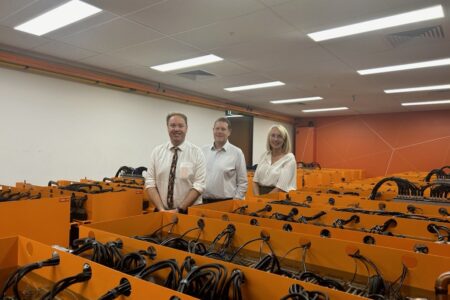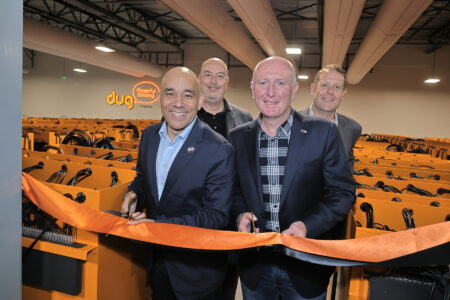The world’s first supercomputer
Seymour Cray, often referred to as the father of supercomputing, designed the world’s first in 1964. With the very catchy name of CDC 6600, the machine had approximately 400,000 transistors, more than 100 kilometres of hand-wiring, and refrigerated cooling. In comparison, today’s smartphones contain billions of transistors!
The CDC 6600 was capable of 3 megaflops, which was almost 10 times faster than any other computer at the time. Fast forward to the present day, and many modern supercomputers are capable of hundreds of petaflops—billions of times faster than the CDC 6600!
Turbocharging science
Around 100 CDC 6600s were sold, penetrating new markets beyond government and the military.
One of the machines found a home at CERN, the European Organization for Nuclear Research. As their first machine capable of parallel computing, the CDC 6600 was used to analyse several million photographs of bubble-chamber tracks, produced by their experiments each year. This analysis helped particle physicists to observe and identify elementary particles—such as electrons and bosons—some of the smallest known building blocks of the universe.
The legacy of the CDC 6600
Following the CDC 6600, subsequent inventions by Cray gripped the imagination of the public. The world’s fastest supercomputer was now a sought-after title, driving research and increasing computational speeds for decades to come.
One of Cray’s most iconic designs was the Cray-1 supercomputer. Released in 1975 it formed the basis for the development of several new machines that would allow Cray to retain the computing performance crown into the 1990s.






